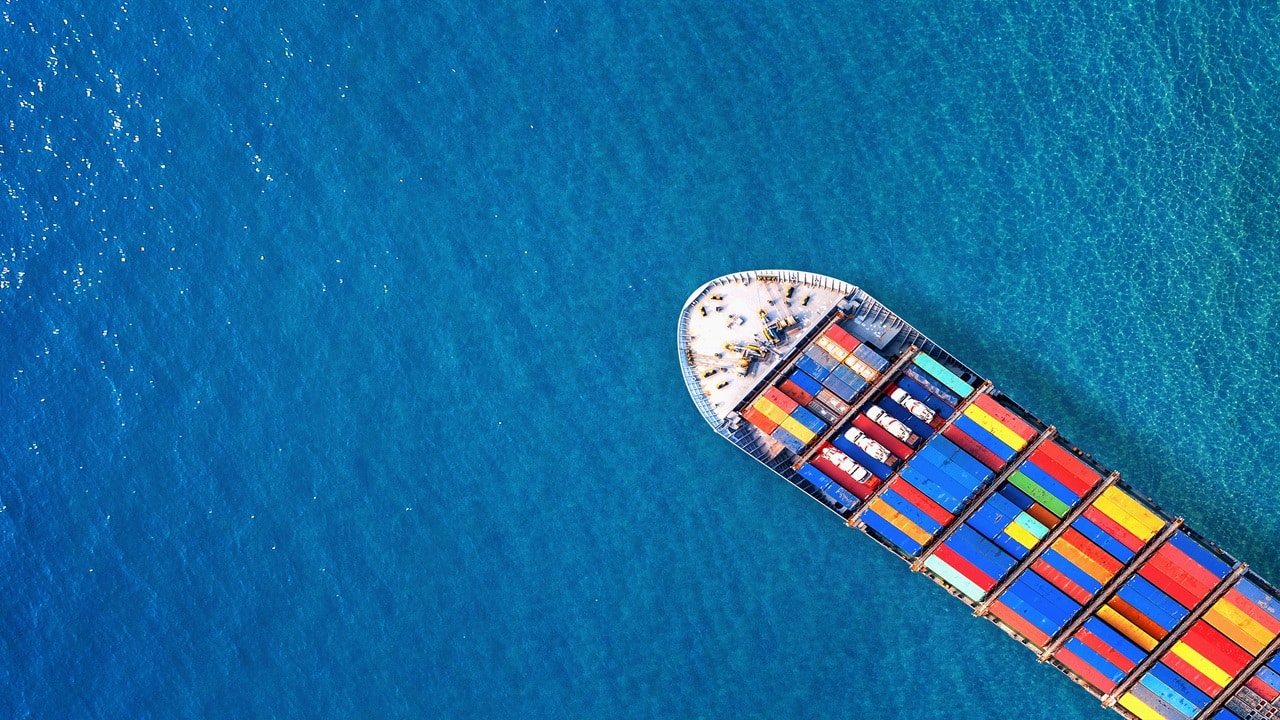India wants to be a $2 trillion export powerhouse but can it get there with just 1.5% of credit reaching exporters? Now, experts are pitching bold fixes to factoring to rescue India’s trade ambitions.

While policy reforms have unlocked digital rails and banking liquidity has improved, the flow of export credit remains a challenge for exporters. (Source: freepik)
India may be aiming for a $2 trillion export target by the end of the decade, but a chronic and under-addressed bottleneck remains a growing drag on export growth —a widening gap in trade finance. While policy reforms have unlocked digital rails and banking liquidity has improved, the flow of export credit remains a challenge for exporters.
According to the Asian Development Bank, the global trade finance gap stands at a staggering $2.5 trillion, growing by 47 per cent from $1.7 trillion in 2020, with emerging economies like India bearing the brunt.
Closer home, credit to exporters, which declined to Rs 2.17 lakh crore as of March 2024 from Rs 2.27 lakh crore during the same period in the preceding year, hovered at just around 1.5 per cent of total outstanding bank credit of Rs 164 lakh crore as of March 2024, highlighting a systemic mismatch between demand and availability of trade finance.
“Typically, an exporter should receive financing worth 25% of their turnover, given their extended working capital cycles,” says Rajneesh Karnatak, MD & CEO of Bank of India at a recent event organised by EXIM Bank on exports. “In reality, the figure is barely 10–11%.” The consequence? Exporters either rely on more expensive working capital loans or scale down ambitions altogether.
While India’s overall merchandise exports touched $437 billion in FY24, according to commerce ministry data, the trade credit gap—particularly for post-shipment finance—remains a chokepoint. “The gap is still around 28.5 per cent of the estimated demand, especially among MSMEs,” notes Kaku Nakhate, MD & Country Head, Bank of America.
In a post-budget webinar, Director General of Foreign Trade Santosh Kumar Sarangi in March this year had highlighted that the export credit was $124.7 billion -- covering just 28.5 per cent of the required $284 billion for merchandise exports reaching $437 billion in FY24.
The challenge is not just of scale, but of approach as well. Karnatak believes India needs targeted intervention including dedicated export credit targets under priority sector lending (PSL) norms. While PSL sub-limits exist for agriculture and MSMEs, export credit is yet to find a structured place.
“Whenever a targeted approach is there for banks or any organization, the monitoring and outcome are better. This will also nudge banks to reach out to exporters for providing packing credit line (PCL) instead of cash credit facilities, which come at a higher interest rate,” he adds.
But not everyone agrees on the targeted approach, especially when it comes to supporting MSME exporters. Ashok Chandra, MD & CEO of Punjab National Bank, argues that while directed lending worked in an earlier era, today’s deregulated environment allows banks to make informed calls and that it should be left to banks to decide on the level of support to MSME exporters.
“We are already prioritising MSME exporters. They need to come forward and avail the credit facility. Within PSL, I think Rs 50 crore per borrower cap can be increased to Rs 100 crore,” he suggests.
Yet, for meaningful change, structural innovation, not just incremental credit tweaks, may be required. Chandra proposes a Unified Lending Interface (ULI) for trade finance—a single digital gateway that integrates exporters, buyers, insurers, banks, etc., much like UPI transformed payments. “If trade finance stakeholders can converge digitally on a single platform, with seamless data flow and credit assessment, it would be a game changer,” he says.
In parallel, factoring, a collateral-light instrument widely used in Europe and parts of Asia, which showed early promise in India, can also help exporters, but there’s a long way to go.
Factoring hasn’t quite taken off in India as many exporters don’t even know what factoring is, according to Harsha Bangari, Managing Director, EXIM Bank. However, “we have come a long way from 2023 when factoring subsidy was announced by the finance minister in the budget speech, that time it was only $480-500 million in total export factoring volume and today it is around $2 billion.”
Meanwhile, geopolitical tremors—from supply chain realignments to wars and sanctions—are forcing Indian exporters to rethink markets and risk strategies. “Exporters are diversifying away from traditional destinations like the US and EU, which account for nearly 47% of India’s exports, and moving toward relatively stable geographies,” says Karnatak.
This pivot is matched by a number of risk mitigation tools. From ECGC-backed credit insurance to Exim Bank’s credit enhancement products, exporters are proactively shielding themselves. Even the CGTMSE’s unsecured loan guarantee is now available for exporters.
“Further, medium and emerging corporate clients exporting now insist on letters of credit from overseas buyers, which is another risk mitigation tool exporters are adopting,” Karnatak adds.
The second half of FY25 may hold promise, particularly if global demand steadies. But unless India bridges its export credit chasm—not just with liquidity, but with tools, awareness, and digital rails—its trade ambitions may continue to outpace its financial foundations.
By continuing you agree to our Privacy Policy & Terms & Conditions
